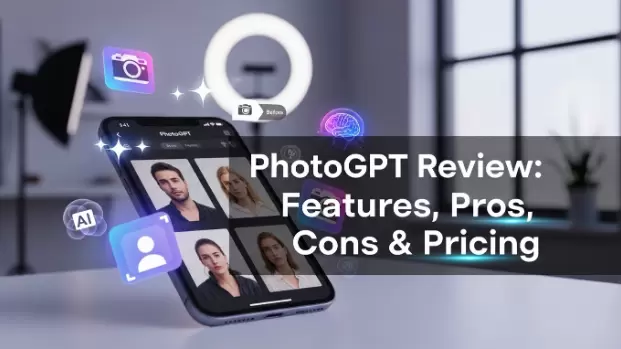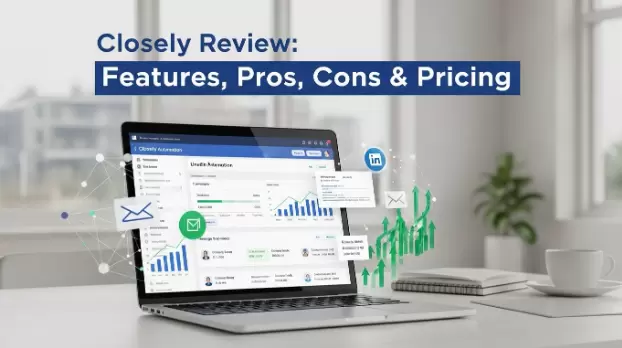Product development is the method of bringing a product concept into the market or adding new features to an already marketable product. This process is crucial to companies as it helps keep customers engaged by providing relevant and worthwhile products. Since product development involves creating a strategy and defining goals, project managers have better control of the quality and costs. The process includes identifying a need in the market, researching end-user needs, imagining the product, designing a roadmap, gathering feedback, and finally launching the product. Here are the steps outlined in further detail:
- Discovery/Research & Analysis: a valuable need in the market is identified, research is conducted, and feedback is given to validate the need for the product.
- Define: this step includes determining the minimal viable product (MVP).
- Design: a mock-up is created and tested by customers or beta users to gain feedback. This is also when a roadmap will be produced.
- Implementation: this step ensures everything is working as it should with the product.
- Marketing: marketing goals are defined.
- Training: materials are created in order to inform users on how to utilize the product.
- Launch/Commercialization: this is the final stage where everything comes together so that the product can go to market.
In this article, we’ll be discussing the discovery stage of product development and its importance, for example for mobile app development. The discovery phase is the initial step of the product development process. Depending on the complexity of the project, it can last from days to weeks to months. The project team may vary but typically include the following:
- The product owner is the person that presented the initial product idea.
- Project managers help lead and plan meetings with end-users, create a flawless communication process between the team and client, and track the project's progress.
- Business analysts examine market trends and help improve the product so that it meets existing needs or standards.
- Key stakeholders manage the budget and approve ideas.
- Tech leads work to determine technical probability, present solutions, and give timelines.
- UI/UX Experts study what the target audience is looking for or their needs in order to create a user-friendly interface.
- Some projects may also include a solutions architect to strategize solutions and software testers.
The first and possibly most critical step of discovery is researching and gathering information, which is why asking the right product discovery questions is important, as it helps to discover not only customer needs, but also challenges. In way, this sets the tone tone for every following phase. This allows the project team to examine risks, decrease any possible issues, develop a business plan, define goals, and form scope for the project. Another part of this section entails understanding end-user needs by communicating with customers, stakeholders and investigating what problems the product is trying to solve. Some methods used to gather data are focus groups, customer interviews, surveys, or competitive research. This allows the project team to gain empathy and step into the end-users perspective. It also gives insight into any market gaps that need filling and flaws in the competition. After exploring what the target audience needs and pinpointing the problems the new product or feature is trying to solve by being brought into the market, the project team can ideate solutions using techniques like storyboarding or mapping. Once a resolution has been brainstormed, a prototype is created to showcase the idea and sent out to a select group of customers, end-users, or beta testers. Feedback is then collected from the test audience to be used for validation. Analyzing the observations provides the project team with the opportunity to improve the product and learn even more about what outcomes the end-user is looking for in a product. Testing the product or feature is the last step of the discovery phase. It helps verify its potential, usefulness, and practicality and allows the team to acknowledge any potential risks before the product is deemed worthy to go into development. The discovery process is not linear, and actions may need to repeat to create a viable product. While deliverables vary depending on the project, here are common documents you can expect during the discovery stage:
- A journey map showing the steps customers take when using the product.
- A list detailing key features established from user expectations and business needs.
- A document explaining the features, hierarchy, and infrastructure of the product.
- A development plan.
- A visual concept or prototype.
- A roadmap displaying a timeline of goals and objectives.
- A risk assessment and mitigation plan.
- UX/UI concept or examples and wireframe.
- An estimate for how much the project will cost.
The discovery stage is an essential step in the product development process as it determines whether there is a need in the market for the proposed product or feature, validates its purpose through tests, and identifies potential problems. This maximizes profits by preventing costly expenditures, which may not have been identified without the research done during discovery. The discovery phase also helps align project goals to what end-users want as it involves research and feedback throughout the entire process from the targeted audience. Not implementing a discovery stage could have negative impacts, such as increased costs from not defining goals at the beginning of the process. Another adverse result of skipping discovery is the possibility of developing a product that's not needed or doesn't fit the market due to not conducting proper market and audience research. Other consequences could include a never-ending project resulting in a delayed launch and missed deadlines caused by not setting project boundaries or determining the scope.
As discussed, there are many benefits to following the product development process. Having a strategy helps to ensure customers are happy with the end product and business needs are being met. One of the most vital parts of the process is the discovery phase. Ensuring efforts are made within this first stage can help project teams design products confidently and form a trustworthy relationship with customers. Conducting extensive research into end-user needs, using various methods to gain feedback from their targeted audience, identifying competition, and validating that the product is viable are keys to a successful discovery phase. Ultimately, these actions reduce unnecessary costs and lead to a profitable launch and higher customer satisfaction.


 Table of Content
Table of Content










